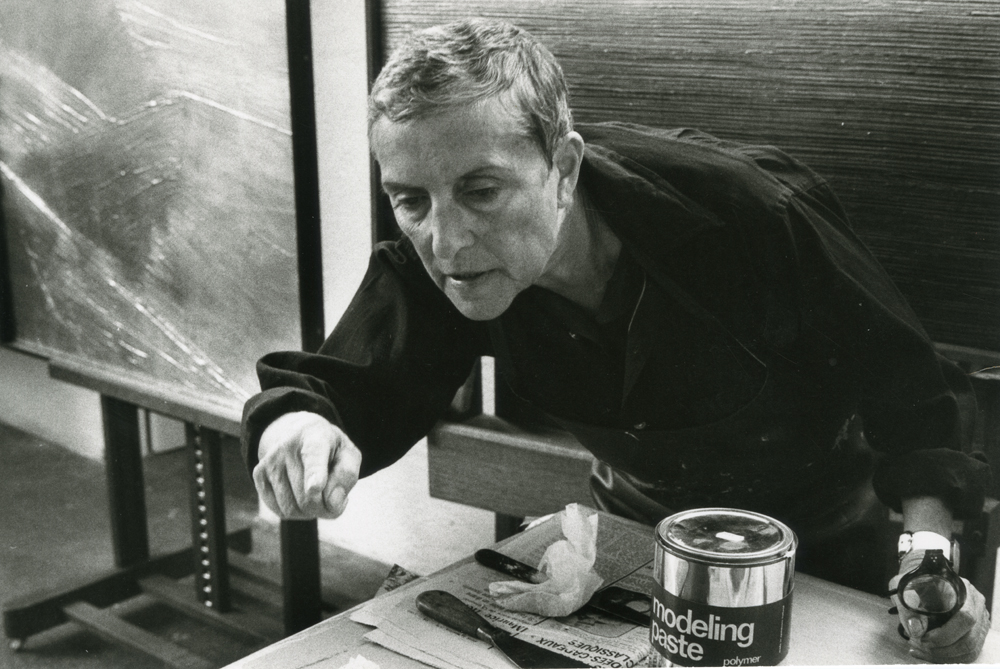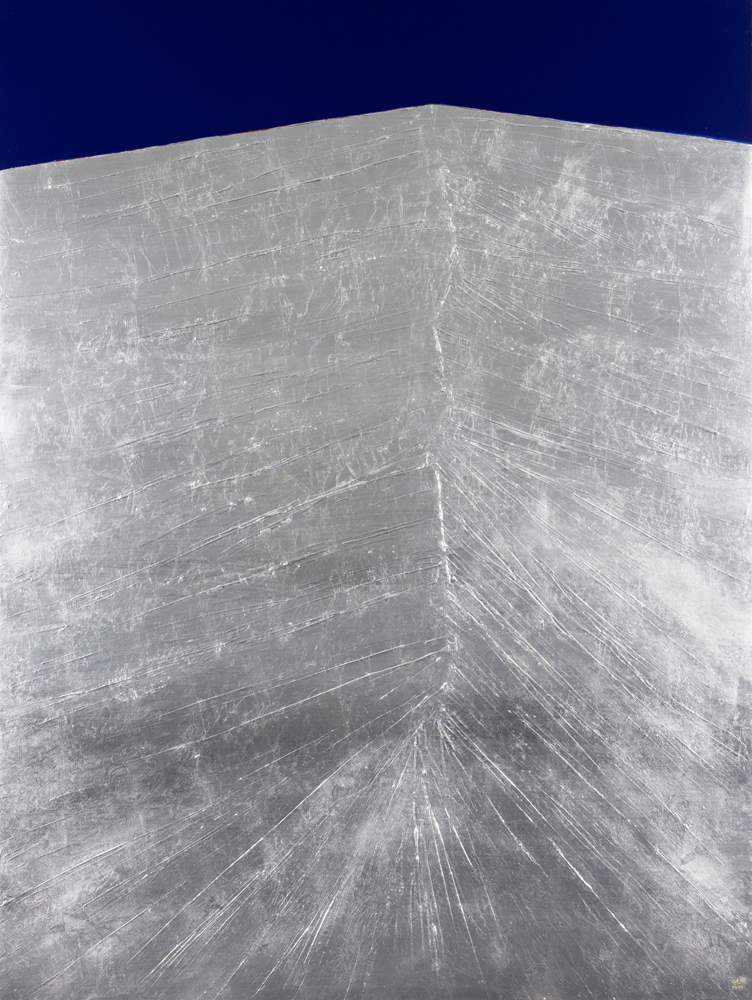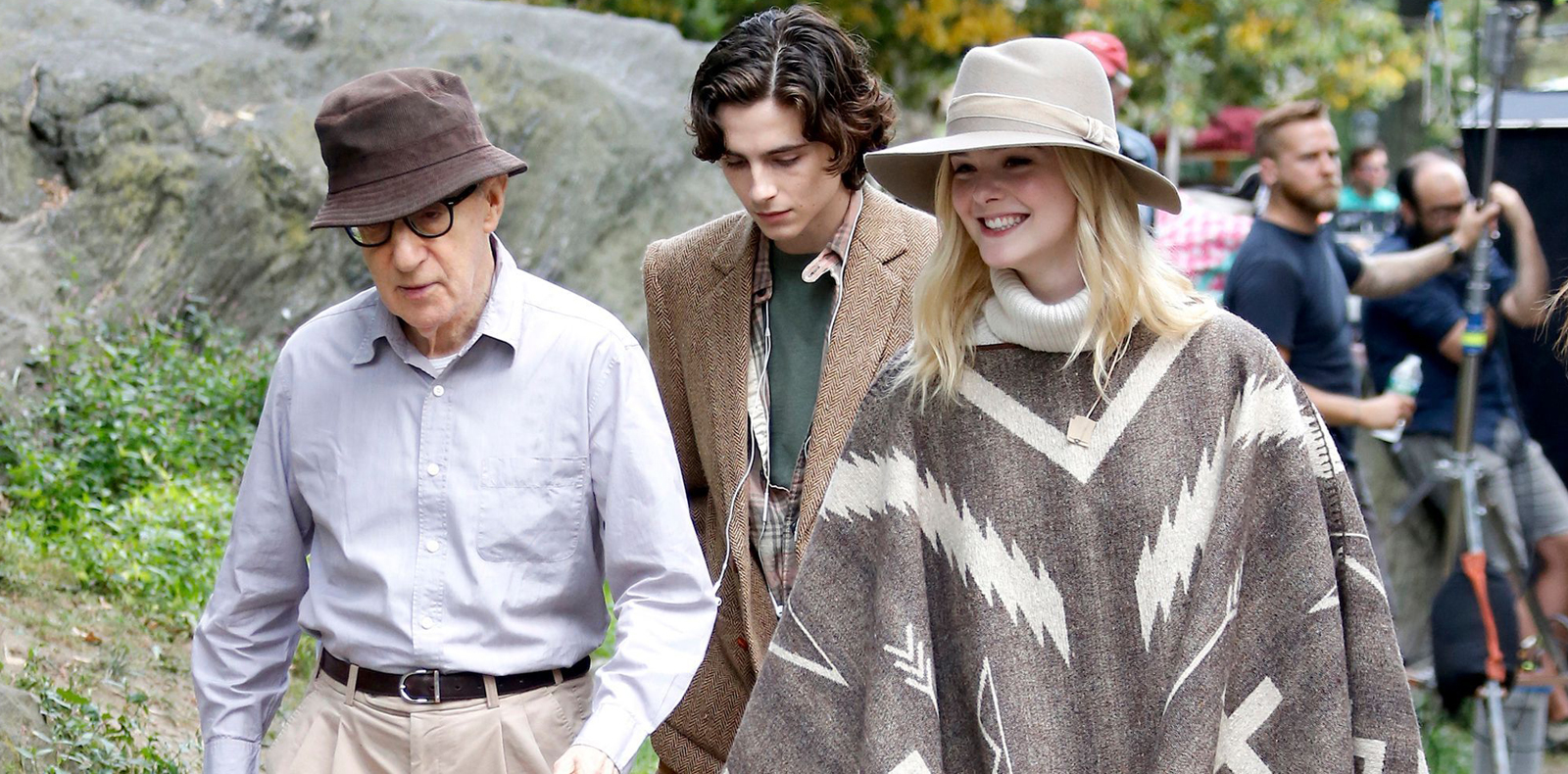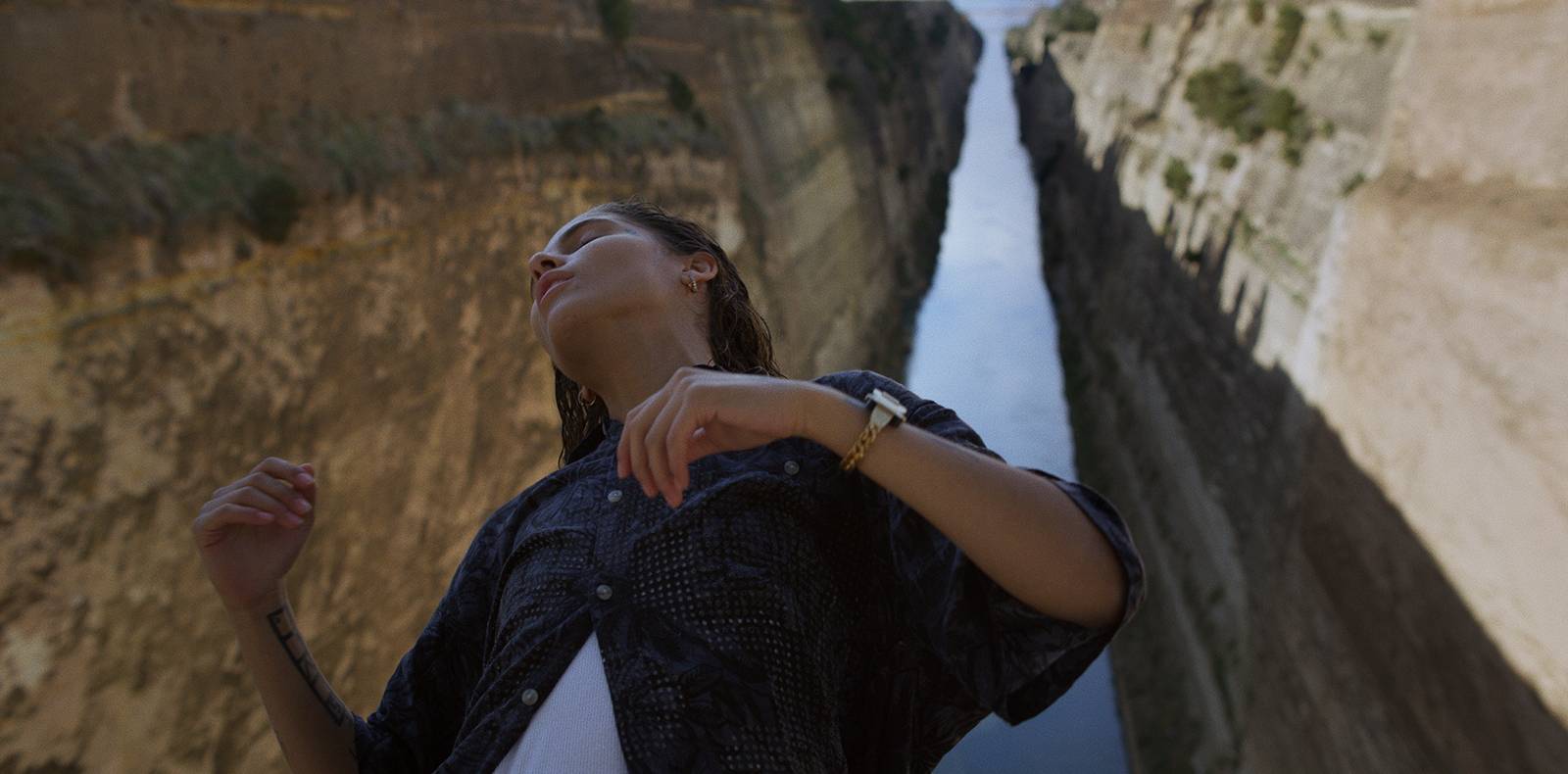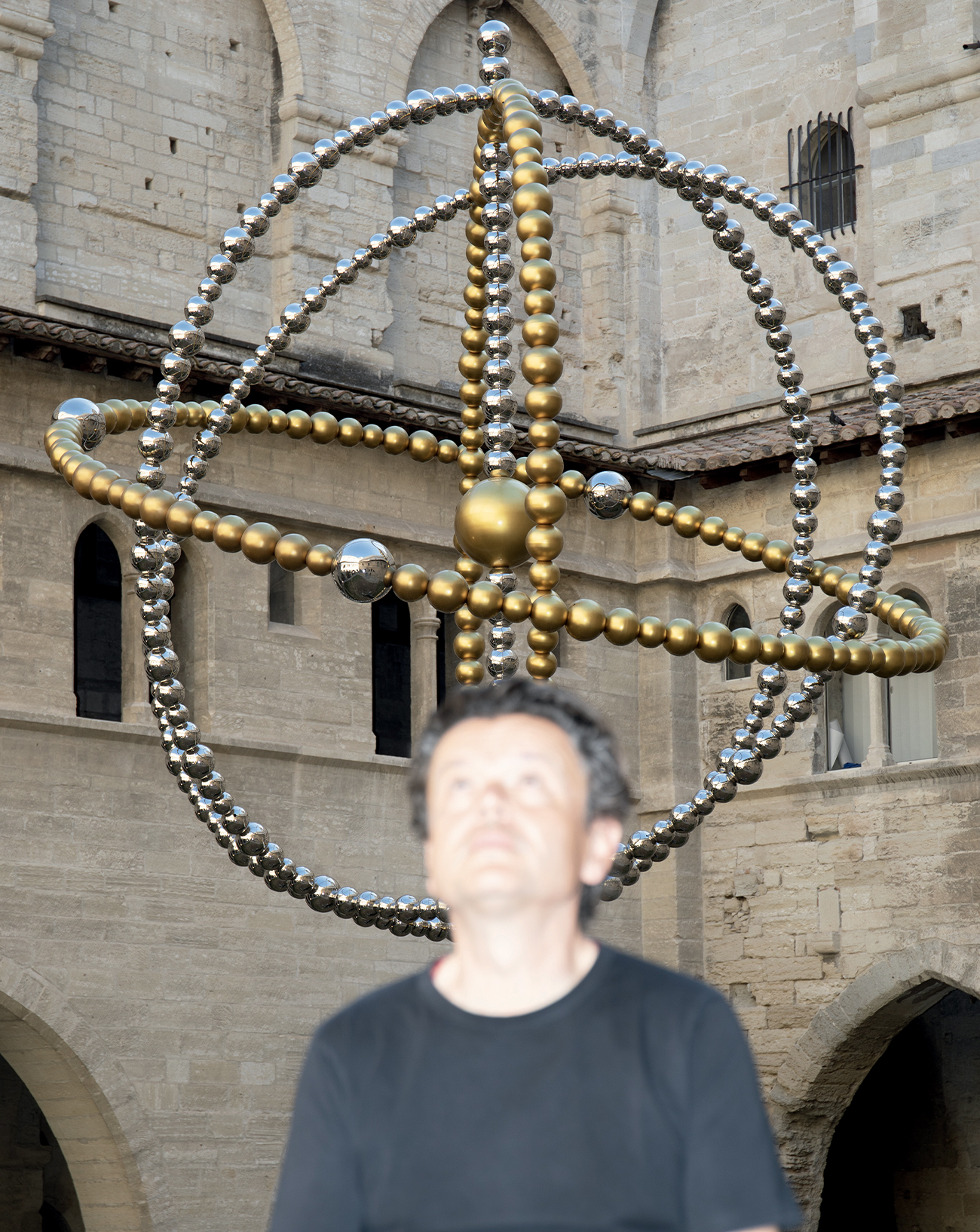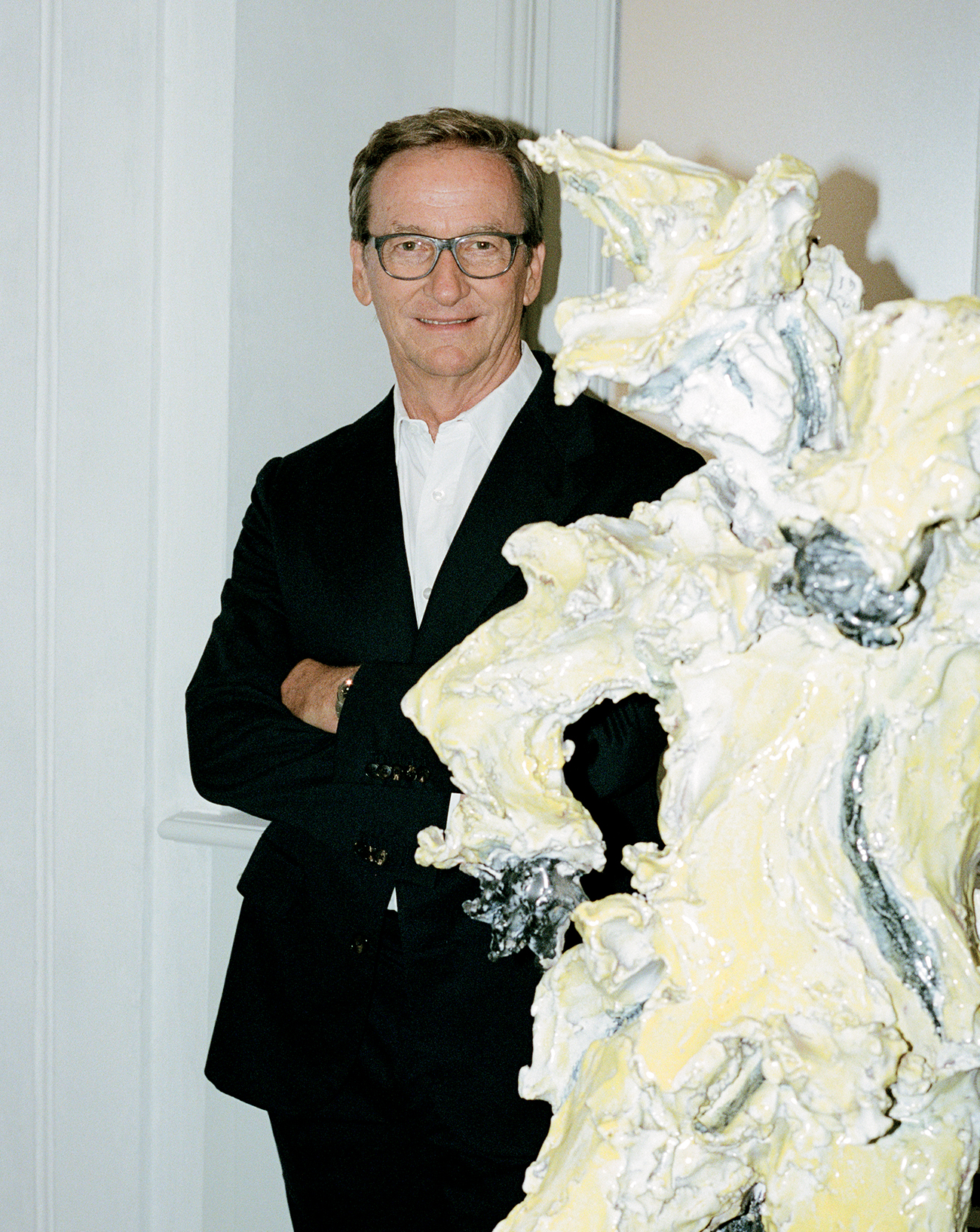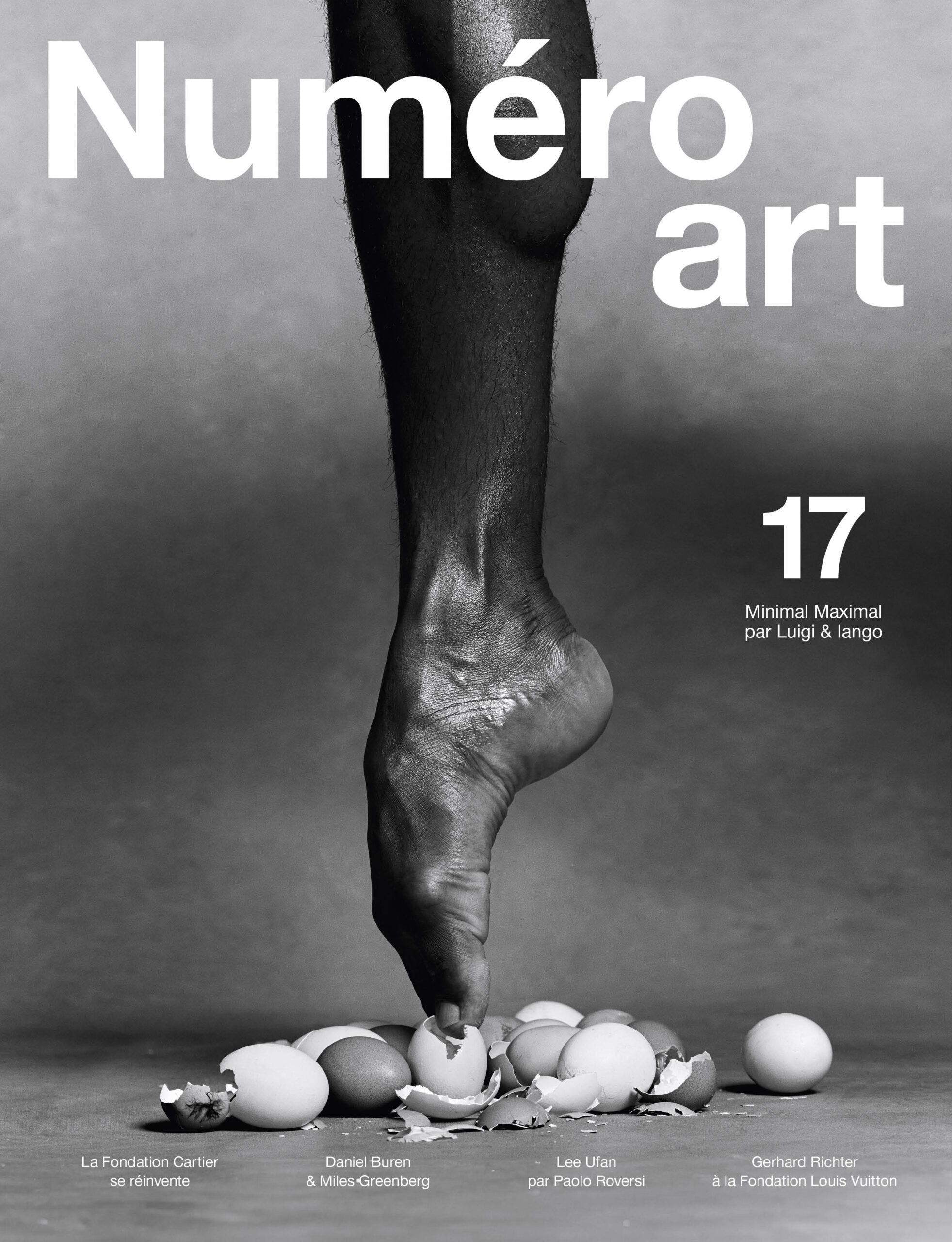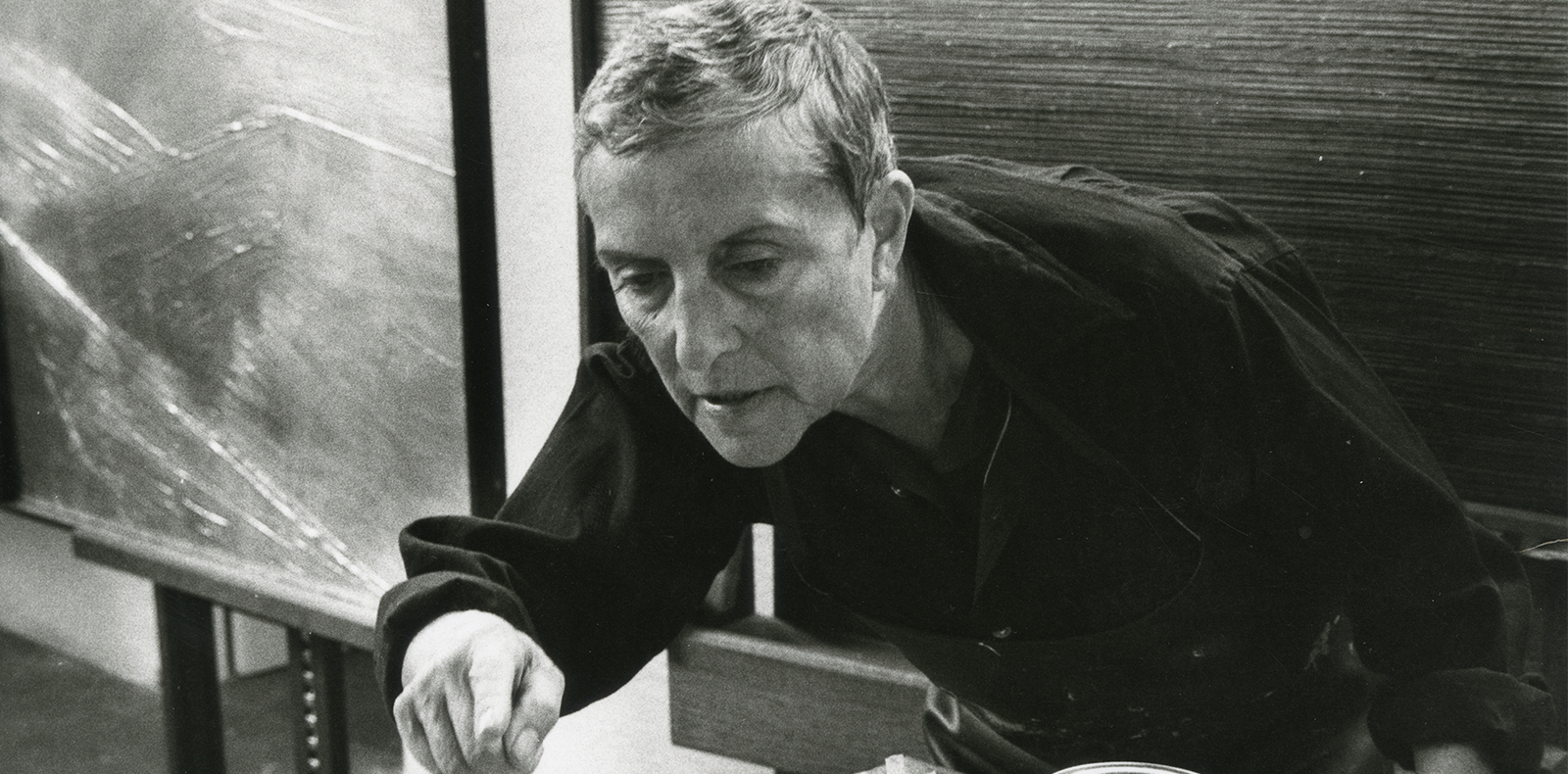
31
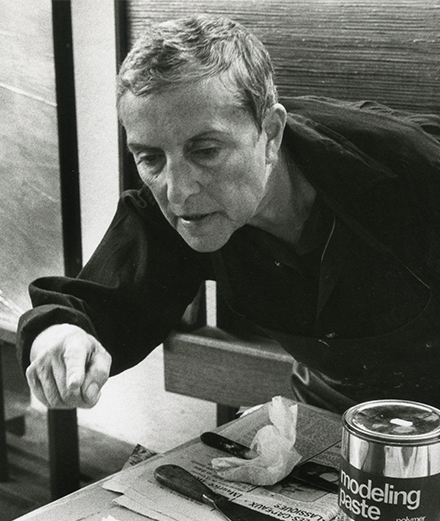
31
Behind the scenes of Anna-Eva Bergman’s masterpiece, currently shown in Paris
Major painter of the 20th century, Anna- Eva Bergman (1909-1987) finally has her deserved retrospective in France, hosted by the musée d’Art moderne de la Ville de Paris. For Paris+ by Art Basel’s magazine, writer and curator Sam Cornish focuses on one of her masterpiece, beautiful example of a poetic practice swinging between abstraction and figuration.
Published in collaboration with Paris+ by Art Basel.
Anna-Eva Bergman (1909–1987) started her career as an illustrator. In the early 1950s, the Norwegian artist – also known as Hans Hartung’s wife – shifted to painting. No.2-1953, Stèle avec lune (1953) is one her early works, a tempera on canvas. Presented in the artist’s first major retrospective, which is held at the musée d’Art moderne de la Ville de Paris, it relates to drawings she made of rocks and stones, part of a lifelong fascination with the earth’s material substances.
Anna-Eva Bergman, painter of cosmic landscapes, has her first big retrospective in Paris
The two elements depicted are regular players in Bergman’s revolving cast of motifs, which oscillate between the terrestrial and celestial. Elsewhere we find stars, planets, horizons, open skies, boats, mountains, valleys, and caves. They are easily identified but can also readily merge into one another. At what point does a mountain peak become a raised sail? When does the open sea turn into a cave? The stele in this instance easily conjures an upright figure, but also implies the opening of a void.
A painting inspired by her native Scandinavia
Despite living in the south of France from the 1970s onwards, Bergman’s art continually returned to the light and landscape of her native Scandinavia. A quiet, clearly stated luminosity can be found throughout her paintings. This comes from carefully adjusted tones, often supplemented by the reflective surfaces of gold or silver leaf, materials that, like her motifs, have their own archetypal resonance. In this particular work, there is a curious magnetism between the stele and the moon, which are at once brought together and isolated from each other. They appear suspended in a vacuum, although a clear relation to the lower edge of the canvas means they do not float free of gravity.
Bergman’s work sits somewhat awkwardly alongside the drama and excesses of the gestural abstract painting so popular in the 1950s. Working with a high degree of abstraction and formal purity, she never abandoned motifs borrowed from the real world. Her art has a slowness and clarity that is far removed from Action painting’s speed and multidirectional immediacy. Rather than flinging the viewer into the flux of experience, she maintained a carefully judged distance. American artist Joan Mitchell (1925–1992), who also chose to make France her home, presented a partially anthropomorphized landscape, turning nature into a stage where our emotions can play out. Bergman on the other hand approaches it the other way round, identifying a remoteness in the natural world which suggests an emotional remoteness within ourselves.
Bergman’s art seems primed for rediscovery. Her images imply a previously obscured or sheltered existence brought out into the open. She shows us things that have always been there, that seem to have endured over time. Yet they also appear fresh, or perhaps even somehow newly born, as if given life by being cleansed of the incidental. The two elements in No.2-1953, Stèle avec lune retain the handheld intimacy of pebbles found on the seashore but are taken here in the direction of the monumental.
Anna-Eva Bergman, “Voyage vers l’intérieur”, from March 31st to July 16th 2023 at the musée d’Art moderne de Paris.
Anna-Eva Bergman is represented by Galerie Jérôme Poggi, Paris.
Sam Cornish is a writer and curator based in London.







